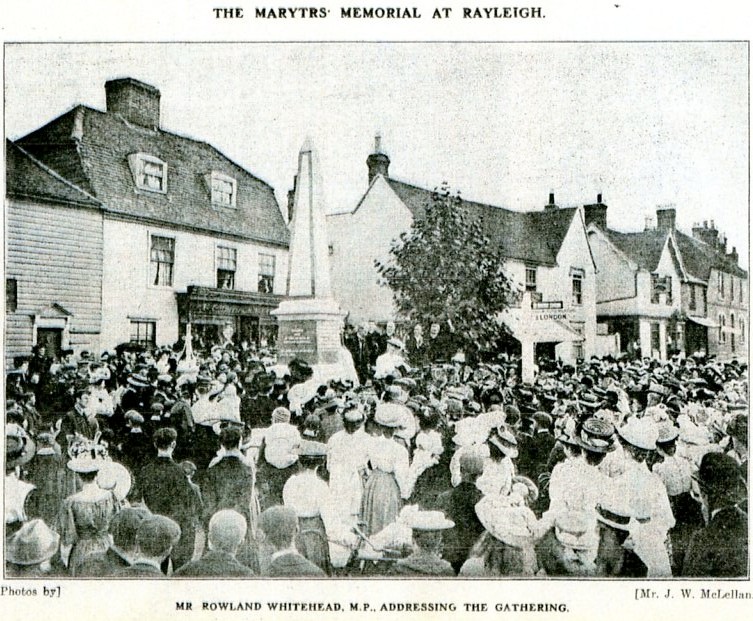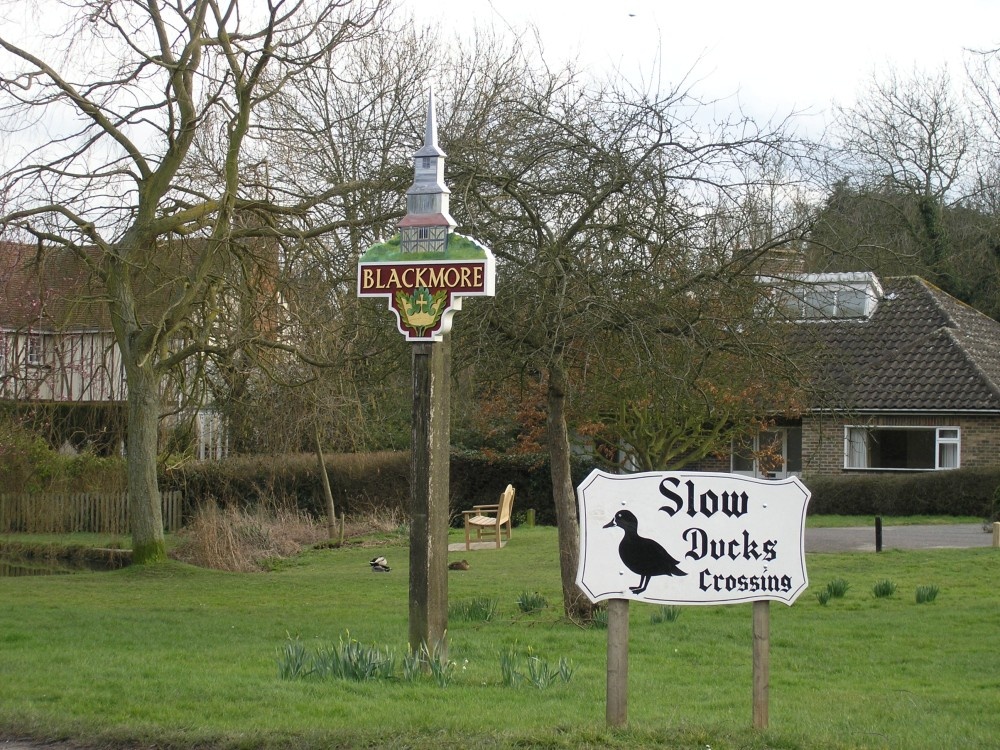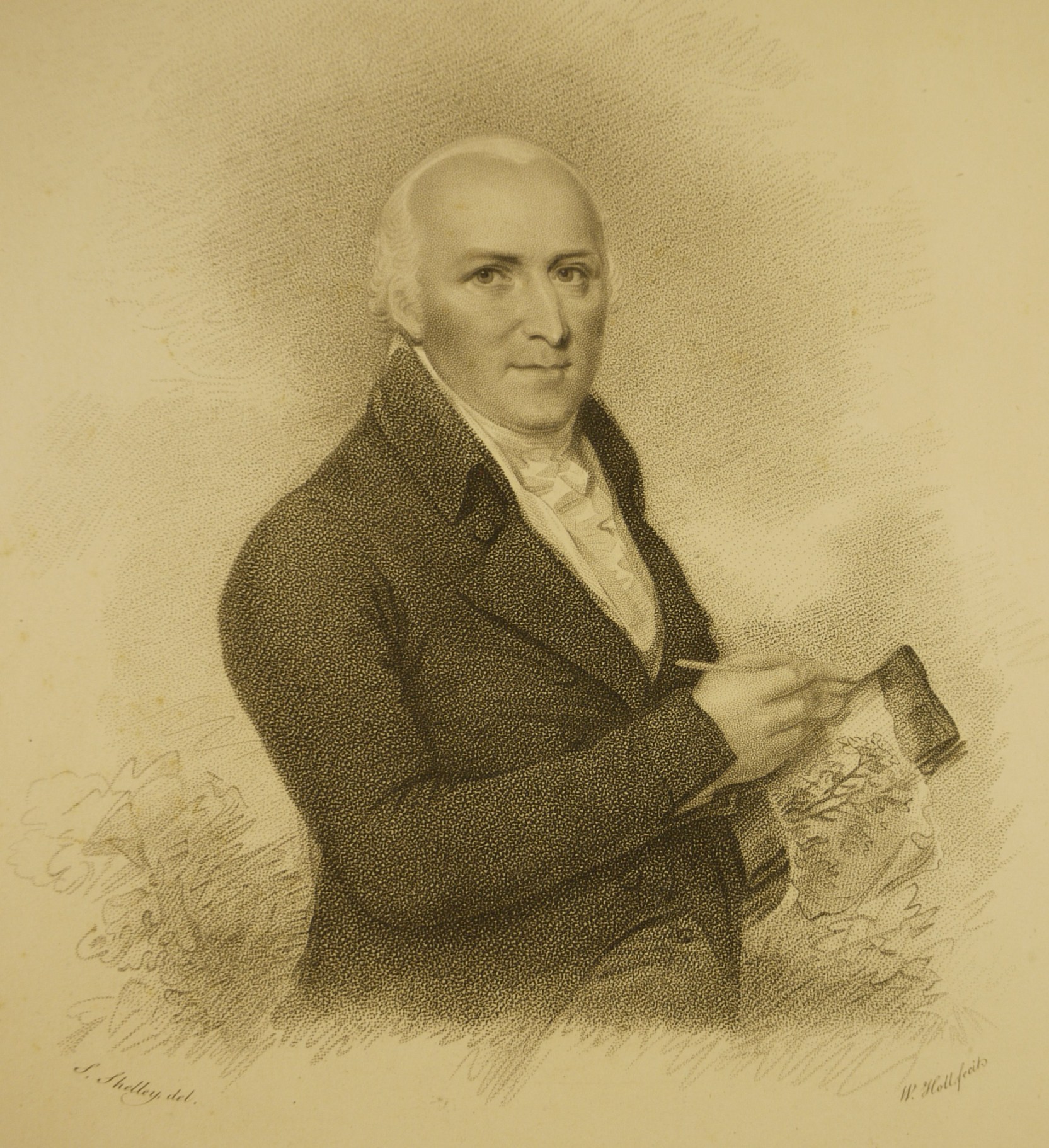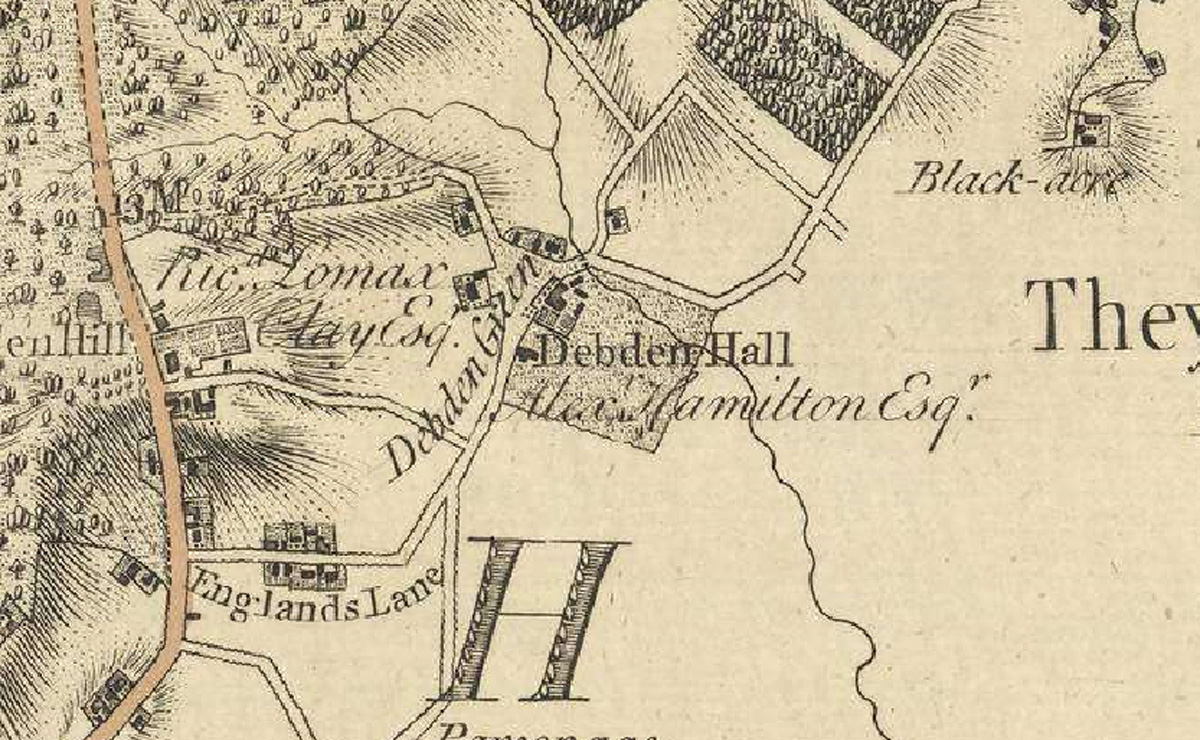I was joined again today by MIKE DAVIES, Chairman of Rayleigh Town Museum.
Today’s subject was rather a grim one concerning religious martyrs.
Of course anyone living in Tudor times always needed to tread carefully when it came to matters religious.
At the start of the 16th century Britain was a largely Catholic country and protestants were in the minority but everything got stirred up in 1527 when the Pope refused to allow Henry VIII to divorce his first wife, Catherine of Aragon so he could marry Anne Boleyn.
As result of this laws were passed abolishing Papal authority in England and declaring Henry as head of the Church of England but Henry relied on protestants to implement the religious agenda.
Theology became markedly protestant, especially during the brief reign of Henry’s son, Edward VI who died at the age of just 15 in1553, but all that changed when Mary took the crown in 1553.
Sometimes referred to as “Bloody Mary” upon ascending the throne she immediately took steps to restore the relationship between the Church of England and Rome and repealed all the religious legislation passed under Edward VI.
Protestants now faced a choice of exile, conversion or punishment by being burnt at the stake. Originally it had been expected that the likely targets would be restricted to high-level clergy, but in time victims included tradesmen, families youths and at least one couple was burned alive with their daughter.
It is believed that some 300 people were burnt at the stake.
Right here in Brentwood 19-year old William Hunter who’d lost his job in London because he refused to attend the Catholic Mass. After returning to Brentwood he was caught reading the Bible in Brentwood Chapel.
He was taken before Antony Browne, then the local Justice, but later Chief Justice of the Common Pleas, but refused to retract his position.
Hunter was then sent to Bishop Bonner in London, where he resisted both threats and bribes—Bonner offered to make him a Freeman of the City of London and give him £40—but was eventually returned to Brentwood to be burnt.
He was the first Essex martyr of the reign of Mary Tudor.
Rayleigh martyrs are remembered by the memorial in Rayleigh and include Thomas Causton, John Ardeley, Robert Drakes and William Tyms.
A John Simpson was also burned at the stake in Rochford in 1555.
Curiously a George Eagles was hung, drawn and quartered in Chelmsford in August 1557.
Even before Mary took the throne one of the few clerics who was against the burning of heretics, even obstinate ones, approached the Royal Chaplain and protestant preacher, John Rogers in an effort to get him to intervene in the case of a woman sentenced to be sent to the stake, but was rebuffed by Rogers who is said to have claimed that the method of execution was sufficiently mild for a crime as grave as that of heresy.
Later after Mary’s accession, Rogers himself was burnt as a heretic!
We should mention at this point that it was not only Protestants who suffered during these turbulent times.
Between 1534 and 1680 a large number of Catholics were executed for treason as a consequence of the English Reformation which was probably not helped by the decision by the pope in 1570 to excommunicate Elizabeth I, demanding that all Catholics must rebel against the English crown. This demand resulted in legislation being introduced in parliament here in 1571 making it treasonable for anyone to remain a Catholic, or harbour a Catholic priest.
Failure to comply was punishable by execution by being hung, drawn and quartered!
Over in Rayleigh the decision to erect a monument was taken just after the turn of the 20th century and the site was granted by Essex County Council. Public subscriptions were invited originally for the erection of a small bronze tablet. A local committee decided on ‘a more worthy and handsome tribute to the Rayleigh Martyrs’ to the value of roughly £100 (a guarantor kindly came forward to cover any shortfall) with the unveiling taking place on Wednesday 23rd September 1908.
Oh and by the way the Rev Ian Paisley made a secret trip to the Rayleigh monument, but clearly not in 1908!
Anyone interested in the history of the religious martyrs may like to read a couple of books on the subject – The definitive book is “ Foxes book of martyrs” but another book titled “Essex Martyrs” was written in 1985.
Listen here to what Mike had to say on this subject: –
In the second hour we turned our attention to a lighter subject concerning demonstrations
Now if only we had demonstrations like this here!
Throngs of thong-wearing protesters bared their bums on Australia’s Gold Coast as they showed their opposition to calls for a ban on G-string bikini bottoms.
The demonstration, named “Free The Peach”, began at Kurrawa Beach at 6am local time last Friday.
Rallying against remarks made by Ian Grace, a former Gold Coast Volunteer Of The Year award winner, who said women and girls who wore G-strings were “cheapening themselves”, dozens of local girls wore their skimpiest swimwear as they fought for their right to wear what they want on the beach.
It seems that Mr Grace had become distracted by women wearing triangle bikinis on the beach, and complained that one young lady in particular was walking on the footpath on the main road and had the tiniest triangle in front and was as close to naked as anyone could be.
Admitting that most men would have enjoyed the view, he claimed that the women involved are very much demeaning and cheapening themselves and has written to the local mayor demanding that he takes action however Rebecca Pask, owner of the Barr Body Swim swimwear company insisted that a bikini blanket ban is never going to happen on the Gold Coast.”
If the mayor wants to be re-elected, I’m guessing this idea is dead in the water!
I hope to have your company once again tomorrow,
Scott






































